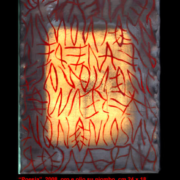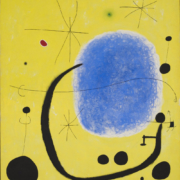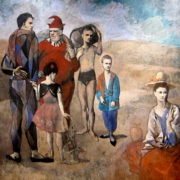The oneiric world of women in the Grete Stern’ s photomontages
Abstract
Grete Stern was a german fotoghaph ad designer. Due to her jewish origins, during Nazism she had to migrate to Argentina. In the 1948 she started a collaboration with the magazine for women Idillio, on Buenos Aires. Her task was to represent on a photomontage the dreams of the female readers reported on the letters addressed to the Italian-argentine psychanalist Gino Germani. She looked for and created new immages that allow to part with real world and point out an idea of interior world. In her work she represents dreams through a special critical analysis that, at the same time, record argentine women’s concerns of that time: she represented with humour, irony and interest, the discrimination and the conventionalism. Her sharp critical sense of society and morality, represented in most of her photos, often plays with the crisis and the contrast between female submission and recent wind of protest and change. These photomontages are a kind of revelation of obvious, exceptional psychological portraits in which are represented the typical symbolism inherent in the idea of a collective unconscious language. Within psychoanalysis, the significant role of the image in psychic functioning has been recognized from the beginning. In Studies on Hysteria (1892-95) Freud says that images are very important to understand hysterical symptoms during the treatment, based on content retrieval of visual hallucinations traumatizing. However, as Contardi (2005) highlights, it’s on the book The interpretation of dreams (1899) that image becomes the privileged object of psychoanalysis; in this work Freud says that the unconscious finds expression in the dream images and that unconscious contents can be known and may become the subject of a story, starting from the images and their association (Zurlo, 2008).
This work would like to stress not only the relevance of picture as real “technological prosthesis” of the psychic apparatus, that man can use to satisfy their need for assimilation and introjection of experience (Tisseron, 1995), but also the social aspects of complaint carried out by a woman who turns to other women, using the power of image.





